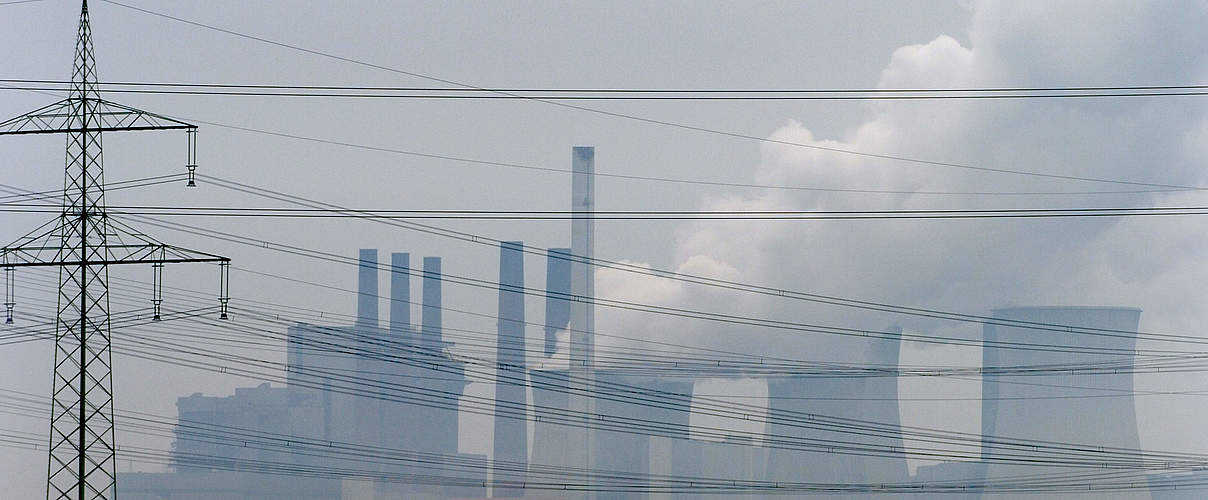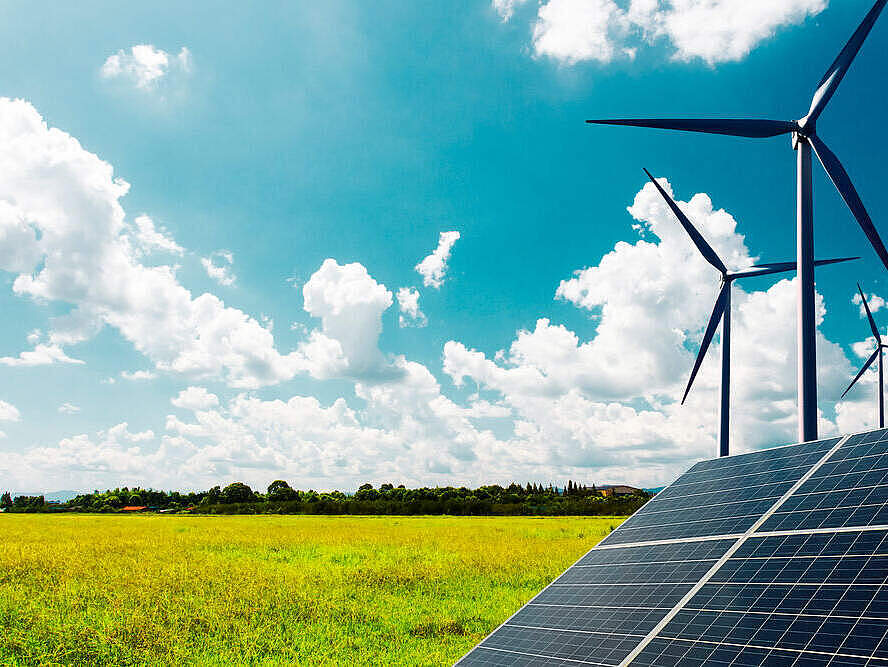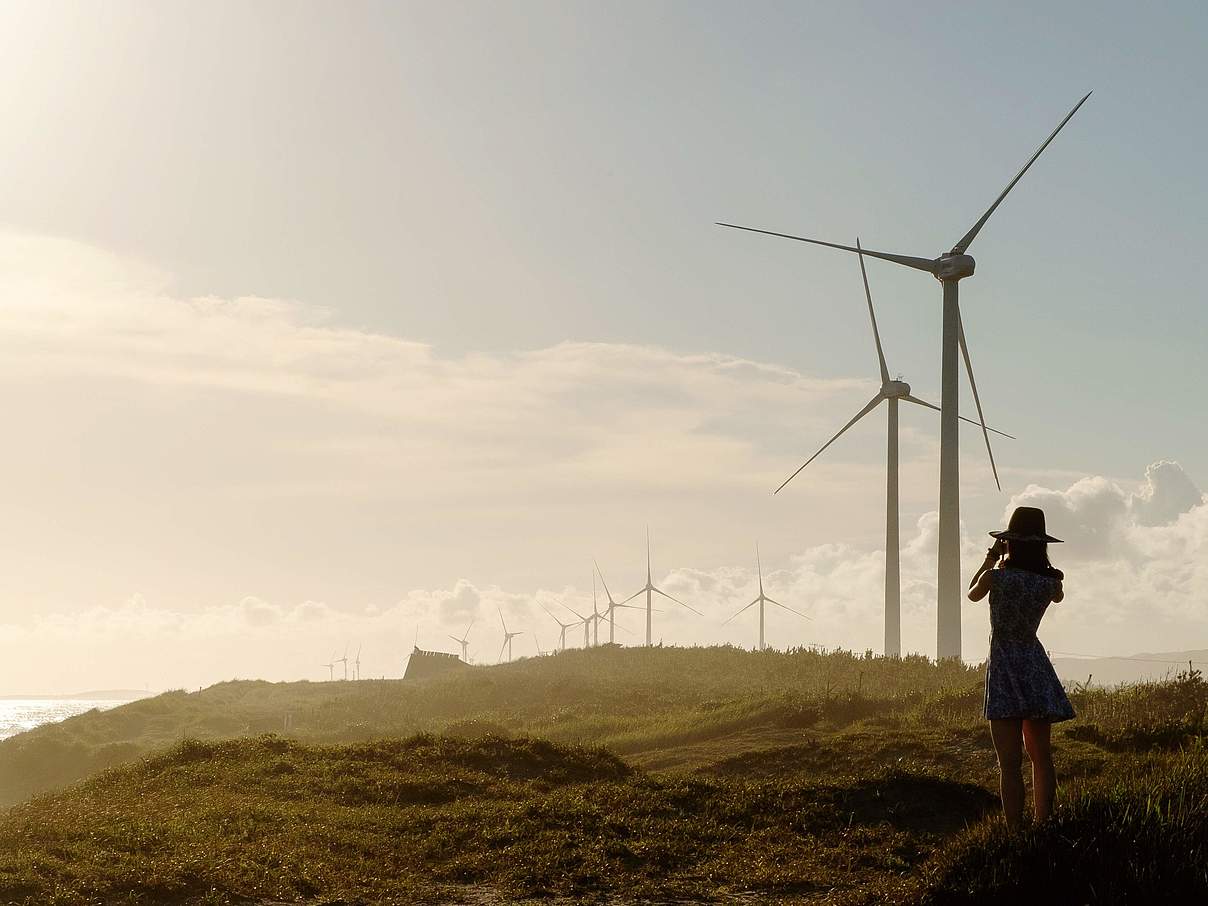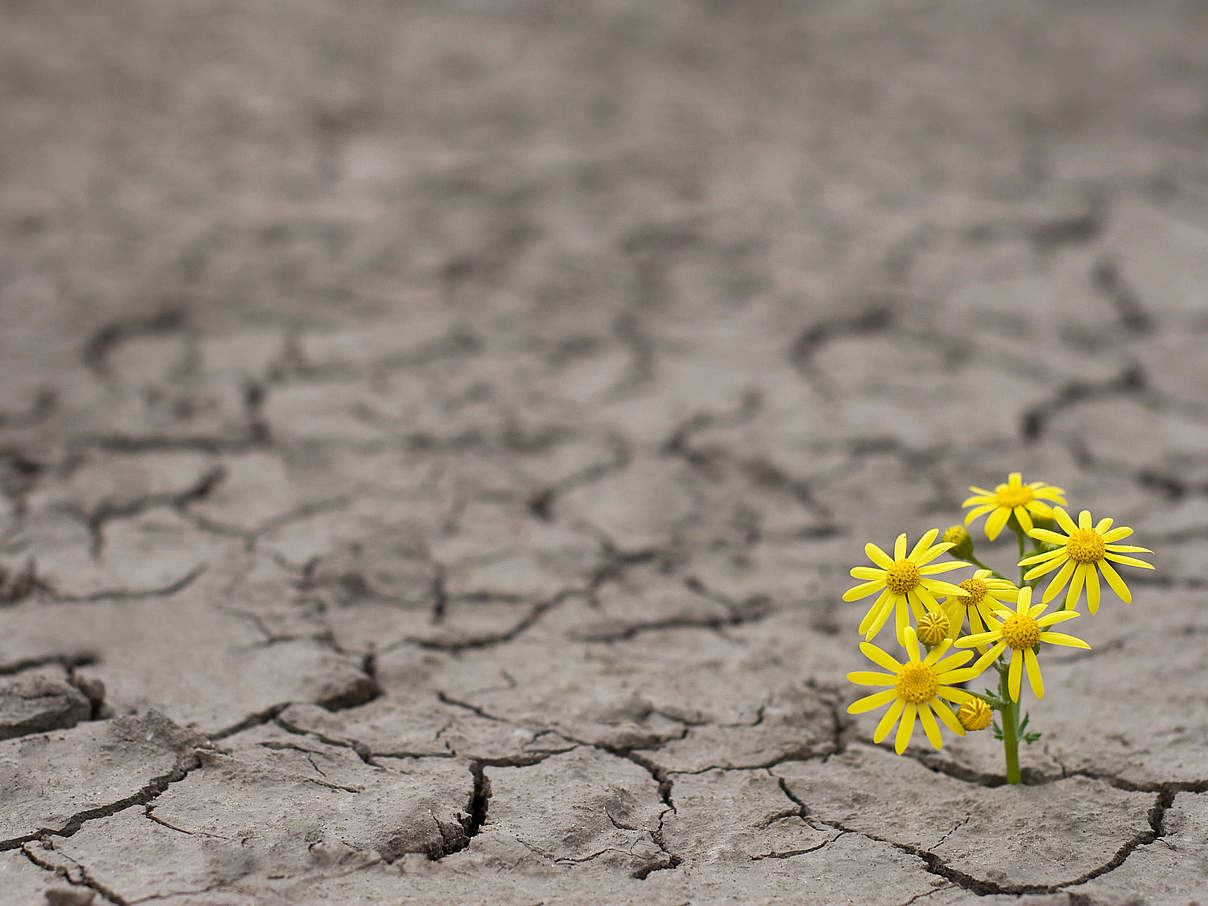A successful green electricity market today and in the future requires a functioning coexistence of
- subsidized new plants,
- non-subsidized new plants and
- non-subsidized existing plants.

Switching to green electricity for your company is always a good decision. But there are differences in quality. Which green electricity contributes to accelerating the energy transition? You can use the WWF's recommendations and criteria as a guide when procuring electricity for your company.
A successful green electricity market today and in the future requires a functioning coexistence of

As the proportion of renewable energy in the electricity mix increases, so does the need for market and price mechanisms that must function in an almost completely renewable energy world. Where possible, investments in new plants should be secured and facilitated through long-term supply contracts (so-called Power Purchase Agreements, PPAs for short) without subsidies. Green electricity should be expanded without state subsidies wherever the demand for renewable electricity can refinance the construction of new plants.
At the same time, however, risk protection for new plants must be maintained where market-based financing is not yet possible. A state-backed, location—and technology-dependent remuneration mechanism is still required to maintain or increase the pace of expansion to achieve the climate targets. This could take the form of contracts for differences, for example, in which differences between the guaranteed remuneration and the market price that arise over time are offset.

To achieve the goals of the Paris Agreement, even with increasing electrification, e.g. through e-mobility or the use of hydrogen, renewable energies must be expanded much more strongly and faster than before. This applies not only in Germany, but worldwide. The WWF is particularly keen to promote the expansion of wind power and photovoltaics, as well as geothermal energy. For bioenergy in the electricity sector, ecologically compatible expansion paths are hardly conceivable and in the area of hydropower, the transverse structures should even be dismantled in the long term. The purchase of next generation green electricity should therefore support wind and PV technologies in particular through demand. This is intended to drive expansion beyond the current statutory targets, i.e. to create “additionality” to existing expansion paths and targets.
In some countries, such as Germany, expansion is limited by law (“volume-controlled expansion of renewable energies”). The WWF sharply criticizes this and advocates that investments in new construction, which are refinanced outside of a state support system (e.g. via long-term PPA contracts), should be recognized in addition to the planned expansion volume and should not lead to a reduction of supported volumes in the expansion path.
Plants that have been decommissioned (plants that are no longer eligible for funding because the maximum funding period has been reached) make an important contribution to the energy transition if they are operated for as long as possible. This should particularly be the case if it is not possible to replace them with a new turbine (repowering) at the location in question.
In particular, those wind turbines that are difficult to operate economically on the electricity market without the previous support due to their high operating costs should be supported.

As one of the world's largest nature and species conservation organizations, the WWF has been advocating the preservation of biodiversity for almost 60 years and also represents this position in its climate and energy policy work. When expanding renewable energies, the organization expressly calls for special attention to be paid to the environmental compatibility of projects. With regard to green electricity generation, the WWF calls on all stakeholders to consider nature conservation aspects along the entire value chain.
Rivers in particular should be kept barrier-free. The WWF therefore rejects the construction of new hydropower plants and calls for the consistent implementation of the European Water Framework Directive. In the long term, the dismantling of transverse structures is desirable. In addition, in view of the climate crisis, a drastic change in the availability of hydropower is to be expected.
The use of biomass to generate electricity should be limited to existing plants due to the associated negative environmental impacts. Funding should only be possible for these plants if they are made more flexible and converted to a more sustainable substrate basis.
Even if hydropower and biomass plants will continue to have a systemic value, wind and solar power as fluctuating energy sources in combination with storage will be the central components of the energy transition in future. Where there is potential, deep geothermal energy should also be used. The further expansion of renewables should therefore focus on these energy sources and companies should preferably source electricity from PV and wind energy plants.

Combating the climate crisis is a global challenge and requires climate protection at all levels - locally and regionally as well as nationally and internationally. The same applies to the cross-border expansion of renewables and the trading of green electricity products. In general, Europe-wide green electricity procurement is accepted if proof of electricity supply is provided by means of official Guarantees of Origin (GOs). This means that the HKNs must be issued in the country of generation and validated in the recipient country.
The connection between producers and buyers via a common electricity grid ensures the credibility of next generation green electricity.
In order to promote the expansion of renewables where the electricity is procured and consumed, the WWF recommends focusing on national HKNs when purchasing electricity and thus preferably procuring renewable energy from Germany.
In the energy market with its numerous players, high quality standards should be applied not only to the generation of green electricity itself, but also to the corresponding providers and suppliers. Where possible, preference should be given to electricity suppliers whose commitment to climate protection and the energy transition is clearly recognizable, for example through ambitious, transparent, comprehensible climate protection strategies and corresponding investments. If the business model is still based on fossil energy sources, there should be a clear and, above all, ambitious and binding exit roadmap or a corresponding transformation strategy. The company should also make a clear commitment to the goals of the Paris Agreement and the global sustainability goals, for example via the sustainability report.